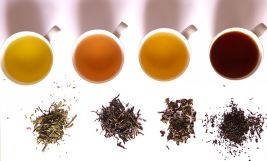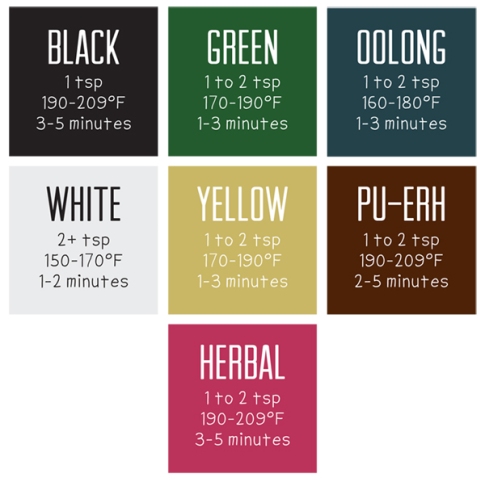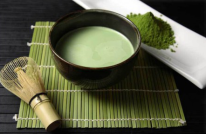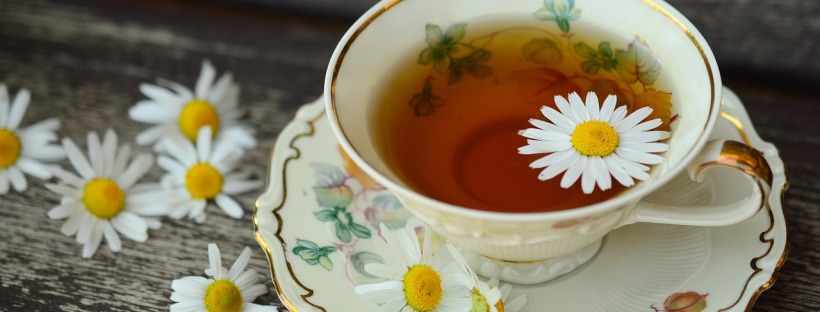For the purposes of the writing challenge I just want to say : Hi, I’m back, have wi-fi again, and will add the missed days to the end of the challenge (basically extending it by 3 days later on), because they’ll still be fun to write about!
Onward! Today’s challenge is about teaching, and I’m going to a brief overview of Tea!
Tea History & Random Facts
Tea has a long history across the world that goes far beyond the Boston Tea Party. Tea drinking began in China many centuries ago as a medicinal and recreational drink (like it is today!). The English expanded the tasty beverage around the world, as they are prone to do with things they like.
- China remains the largest producer of tea in the world
- 80% of tea consumed in the US is iced tea
- Iced tea in the US is gross and not like what I’m used to from Canada where it’s sweetened to all heck (maybe not fact..) and it took me a long time to get used to that
- Tea is the second most widely consumed drink in the world, water is the first of course
- Some teas are considered morning teas, like – you guessed it – English Breakfast, while others are more commonly consumed in the afternoon, such as Earl Grey, or late evening teas like Chamomile
Tea Types
 Believe it or not, all types of tea (except herbals) come from the same plant. It’s called Camellia sinensis, and is an evergreen shrub native to Asia, grown in tropical or subtropical climates. Main tea types include Black, Oolong, Green, White, and Herbal (the last of which actually isn’t really tea since, as I mentioned, it comes from different plants).
Believe it or not, all types of tea (except herbals) come from the same plant. It’s called Camellia sinensis, and is an evergreen shrub native to Asia, grown in tropical or subtropical climates. Main tea types include Black, Oolong, Green, White, and Herbal (the last of which actually isn’t really tea since, as I mentioned, it comes from different plants).
There’s a ridiculously long explanation for how tea is processed and oxidized to create all the different types, but to be honest, I don’t really understand it. Just know that Black is the most oxidized and processed (in this case processed doesn’t mean additives like processed meat though.. hah). Try a variety to find out your favourites! Names and flavours of tea are often dependent on where it’s grown, kinda like wine.
Storing and Brewing Tea
It’s best to store tea in an air tight container in dark place kept out of contact from other teas, spices, or flavoured things. Tea absorbs scents and flavours pretty easily.
You can get tea in pre-bagged individual packets that you plop right in your cup (which is ok, but usually consists of crushed leaves… aww), or looseleaf, which is usually put in an infuser or through a strainer, though a few types, like blooming tea buds, can be left right in the cup.
As for brewing it, that varies depending on the type of tea! Check out this handy dandy chart, which seems about right. I can’t find the original source unfortunately.

What’s the deal with Matcha?
 Matcha is uber hawt right now. It’s a powdered, concentrated type of green tea from Japan. It’s used in traditional tea ceremonies, but you’re also likely to find it these days as the special ingredient in green tea flavoured goodies like ice cream, donuts, and whatever other weird things people make up. It can also be made as a latte or blended drink, which I highly recommend because yum. It’s also allegedly really healthy for you (antioxidant and all that).
Matcha is uber hawt right now. It’s a powdered, concentrated type of green tea from Japan. It’s used in traditional tea ceremonies, but you’re also likely to find it these days as the special ingredient in green tea flavoured goodies like ice cream, donuts, and whatever other weird things people make up. It can also be made as a latte or blended drink, which I highly recommend because yum. It’s also allegedly really healthy for you (antioxidant and all that).
Tea in general has some great health benefits, without many risks or side effects like other beverages out there. It can wake you up, or put you to sleep, help cleanse you and improve your immune system, prevent cancer (allegedly), settle your stomach (especially herbals or tea with flavours, like ginger and peppermint)! Basically, it’s versatile, adaptable and awesome. Like me. Hah. So go ahead, hop on that tea bandwagon.
And there ya go! A super brief and incomplete lesson on tea. 🙂
♥ Daphne

Wow! Who knew!
LikeLike
Haha… I know, right? Did you try those blooming tea buds that I sent?
LikeLike
I consume a lot of tea, so this is great! Thanks for the lesson.
LikeLiked by 1 person
Yay! Thanks! Glad you liked it 🙂
LikeLiked by 1 person